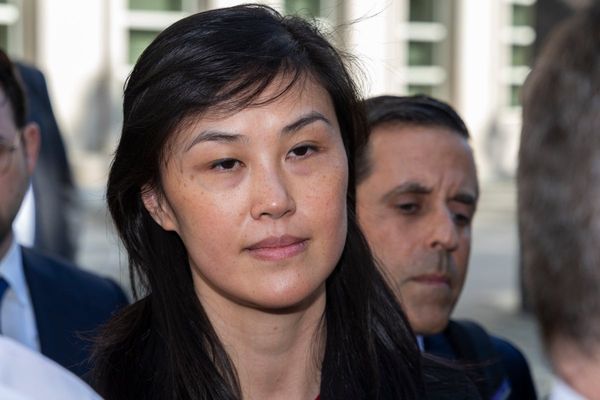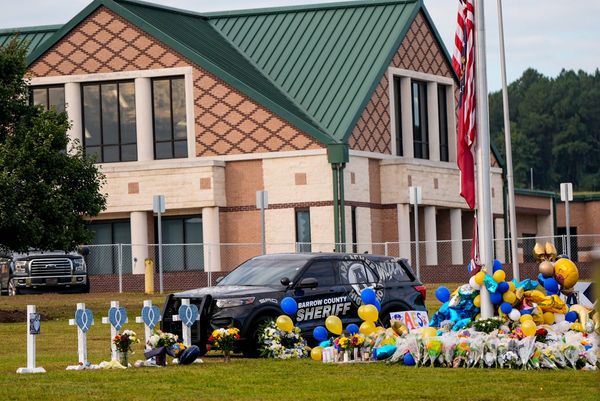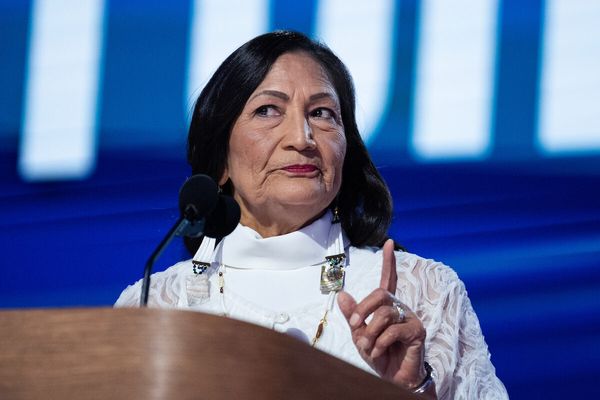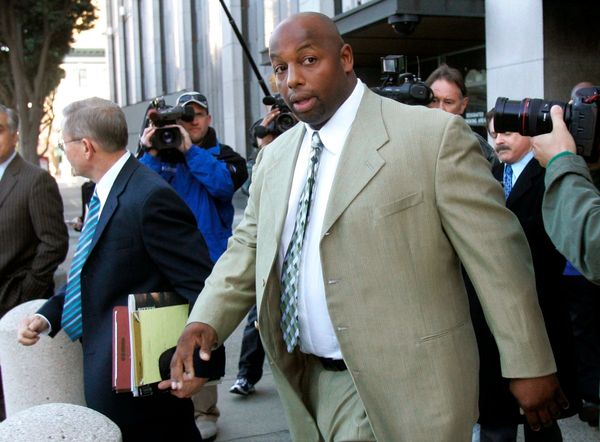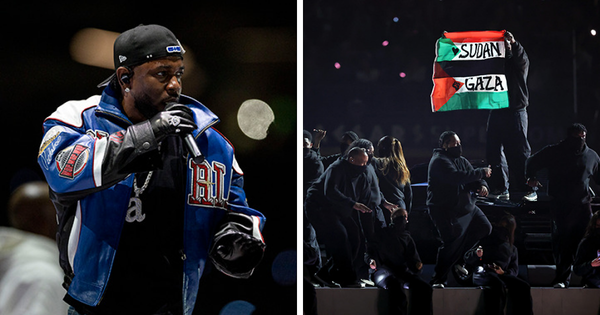
Voters across the country went to the polls on Thursday 5 May to elect their councillors in the Local Elections - and the results are now in.
The stakes were arguably even higher in Northern Ireland, where voters were electing the 90 MLAs in the Stormont Assembly.
For the first time ever, the Left-wing Sinn Féin party appeared on course to become the largest party in the Northern Irish Assembly before voting even began and as counting resumes.
Here’s all you need to know about the elections in Northern Ireland:
When are the Northern Ireland Assembly elections?
The Assembly elections in Northern Ireland coincided with the Local Elections across the rest of the UK. They took place on Thursday May 5. Polls were open from 7am until 10pm.
Follow live local elections results to see how your area voted.
What is up for election?
The Northern Ireland Assembly, also known as Stormont, is a devolved legislative power in Northern Ireland. It has extensive lawmaking powers and the ability to appoint an Executive.
In the election on Thursday, 90 Members of the Legislative Assembly were up for election. The leader of the largest party will become the First Minister.
The 2022 election is the seventh of its kind, the first occurring in 1998.
How does the election work?
The Northern Ireland Assembly is unique among the devolved parliaments of the UK due to its emphasis on power-sharing.
Firstly, members of the assembly are elected based on the single transferable vote (STV) system, which is a form of proportional representation.
Secondly, the Assembly’s Executive is a power-sharing committee where the First Minister and Deputy First Minister divide the executive responsibilities.
A key pillar of the Good Friday agreement is that both unionist and nationalist parties must be represented between the First Minister and the Deputy.
There are 90 MLAs from 18 different constituencies in Northern Ireland.

Who can vote?
You can register to vote in the Northern Ireland Assembly elections if you are a British, Irish or Commonwealth citizen, or if you are a citizen of an EU Member State.
You must be 18 to vote in Northern Ireland, although you can register to vote once you turn 17.
What happened in the 2017 Assembly elections?
The 2017 Northern Ireland Assembly election was significant because it was the first election since the reduction of MLA seats from 108 to 90. The DUP, the largest party, bore the brunt of this reduction and lost 10 seats.
Despite this, the DUP remained the largest party with 28.1 per cent of the vote. Sinn Féin were second by a razor thin margin with 27.9 per cent.
The Renewable Heat Incentive scandal was a big talking point in 2017. The scandal, a failed renewable energy initiative which reportedly cost the public £500 million, inflamed tensions between the DUP and Sinn Fein.
Arlene Foster, former DUP leader, was central to the scandal. She has since stepped down.
What could happen in 2022?
All signs prior to voting pointed to a Sinn Féin victory, which would be a landmark event in Northern Irish electoral history.
Co-operation between unionist and nationalist parties in Ireland has broken down over the last few years and a Sinn Féin victory could lead to a further escalation of animosity between the two sides.
Despite the obvious implications for the Union, Sinn Fein’s campaign has shifted the focus to other matters, in particular the cost-of-living crisis which has affected the whole country.
Results of the election are expected to be announced throughout Friday.
This article is kept updated with the latest information.
